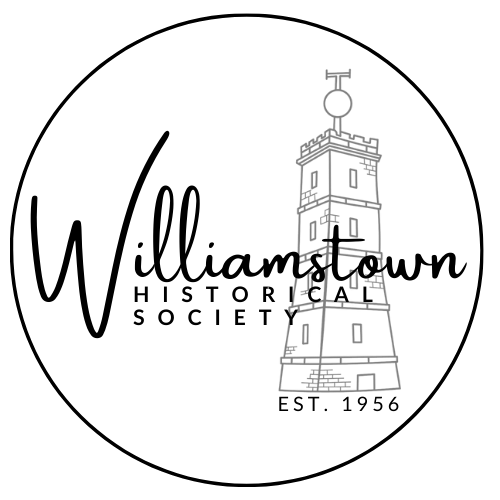Williamstown Notable - James William John Armstrong

First licensee of the Victoria Inn Hotel
James William John Armstrong was the earliest known licensee of the Victoria Inn Hotel, a timber construction said to have been built by Edward Quigley in 1856 and situated on Douglas Parade in Williamstown.
It’s not known when James arrived in the colony of Victoria from Cornwall, where he was born about 1811, but he appears to have been a well-respected and well-known man of business.
James married in 1853 widow Anne Carey with a ready-made family of three sons and three daughters. Anne’s parents were John Quigley and Marjorie Toy. It was to be a short marriage, as Anne died in 1859.
On 7th April 1856 at seven p.m. according to the Municipal Institutions' Act, a public meeting of the resident householders and landowners within the district was convened and held at Bryant's Bonded Stores, to elect members of the newly formed Williamstown Municipal Council. It was decided at that meeting the Council should consist of seven members, who should not receive any pecuniary remuneration.
James Armstrong was one of the gentlemen proposed and seconded and when a poll was taken and votes counted, he had 309 votes coming behind Thomas Stewart and Thomas Mason and before George Verdon, Dr. David Maclean, James Moxham and Richard Langford.
The Council meetings were being held at the old Police Court, at the corner of Thompson and Cecil Streets and councillor Armstrong made an enterprising offer to Council of a room, dimensions of 22 feet by 24 feet, situated on Douglas Parade. This would have been in his hotel the Victoria Inn. There were four other premises offered on the table and James was appointed along with George Verdon and James Moxham to inspect these, setting aside his offer as being irregular. Premises offered by James Conroy were accepted and the Town Clerk was instructed to pay 10/- a week to Conroy.
By June 1856 James was unable to continue with the Council and he resigned “owing to much private occupation” and with “extreme regret.” He also stated that “should circumstances hereafter arise wherein I may be again enabled to take office for the general welfare of Williamstown, my best services shall unquestionably be forthcoming,” thus leaving the door open to future opportunities.
James died in August 1860, aged 49 years, at his residence the Victoria Inn Hotel, and was buried on 7th August 1860 in Williamstown Cemetery.
The Carlton Brewery acquired the Victoria Inn in 1912 and in 1915 the brewery called for tenders to demolish the 60-year-old timber building and construct a new one. Lew Tate was the appointed contractor and Charles Alfred Ogg was the architect. This new building still stands.
References:
“Pubs of Williamstown” by Bruce Tait
Williamstown Chronicle newspaper
Williamstown Independent newspaper
The Argus newspaper










